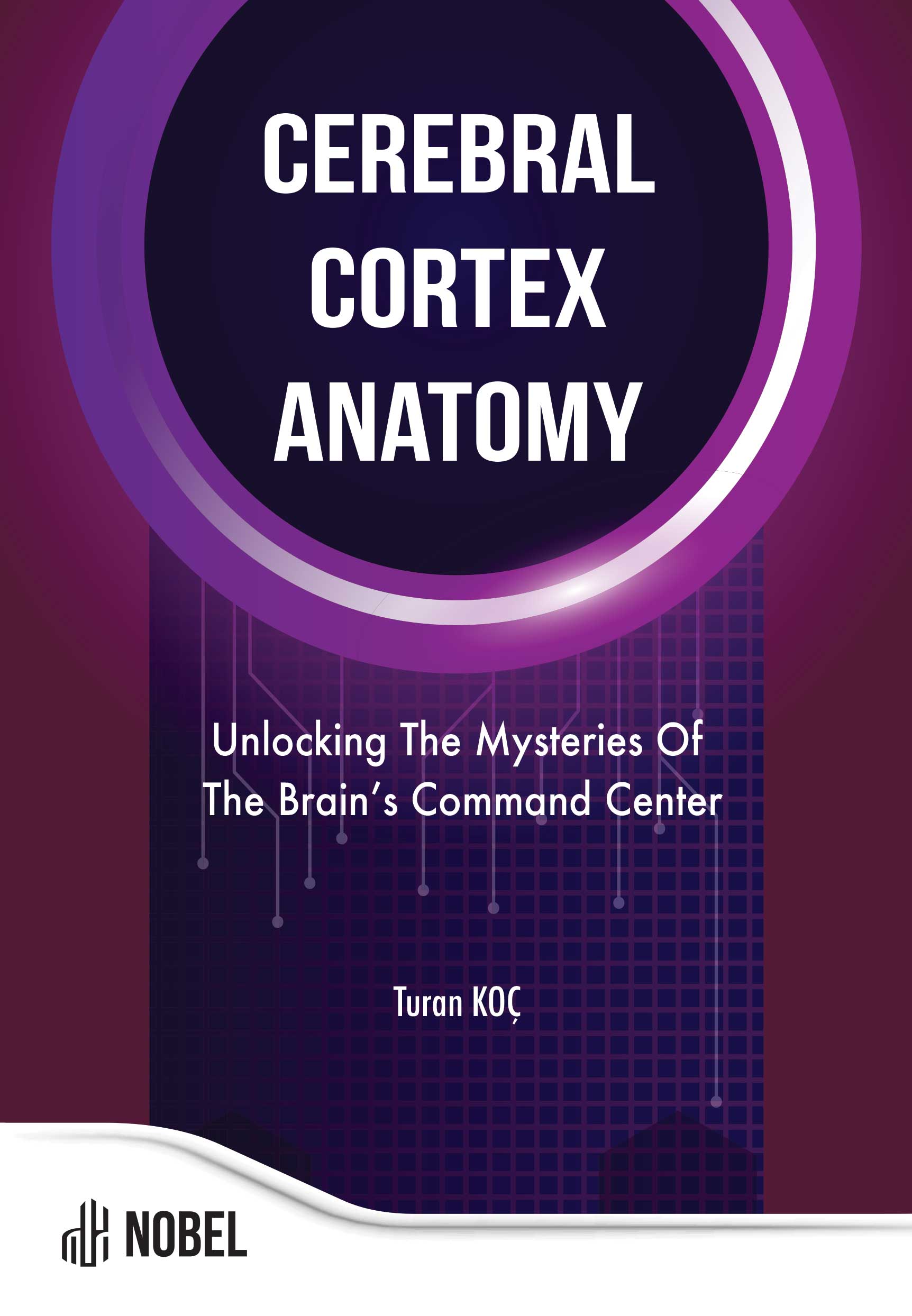Limbic System
No contributors found.
Release Date: 2024-06-19
Patient history and physical examination findings are the halmark of idiopathic pulmonary fibrosis diagnosis. HRCT is the most useful imaging modality for a definite diagnosis. A comprehenvie analysis of findings are required in idiopathic pumonary fibrosis patients. In patients with equivocal diagnosis, invasive procedures like bronchoscopy with TBB or VATS may required to obtain histopathologic [...]

